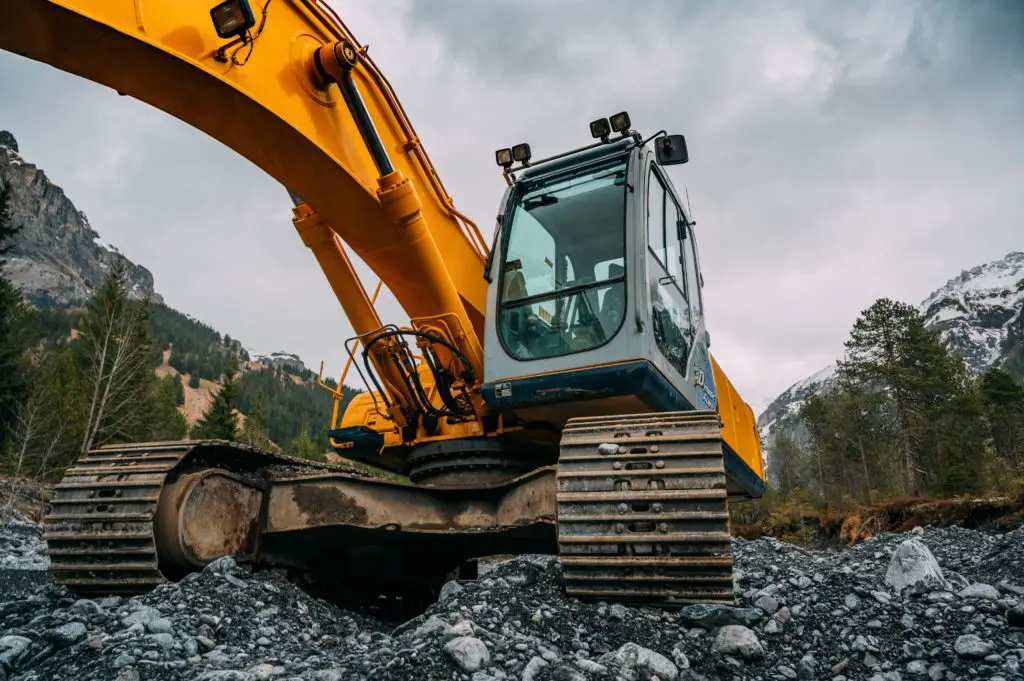Being struck by objects is the top leading cause of fatalities in construction sites, with heavy equipment like cranes and trucks accounting for 75% of these accidents, according to OSHA. Skid steer loaders are the most versatile industrial vehicles available in the market. The various attachment options they come with make them ideal for grading, demolition, overhead work, debris removal, lifting, and excavation. However, like tractors and cranes, operating a skid steer or Bobcat involves risks such as the hydraulic system failure, run overs, entrapment, being struck, and pinned between loaders and walls.
Fortunately, these fatalities are preventable if you take the time to understand what a hydraulic braking system is and how it works. Then invest in the right braking parts for your skid steer loader and follow the correct safety measures.

Choose the Right Rubber Tracks
Choosing high-quality rubber tracks is vital for preventing overturns that occur when a skid steer runs on smooth or worn-out tracks. With the right rubber tracks on, a skid steer distributes its weight over a large surface area to maintain stability on the ground. Not to mention, increased balance reduces the risk of skid steers tipping off and injuring an operator, bystanders, or pedestrians. When purchasing tracks, choose ones designed for your skid steer model.
Also, consider the job site terrain to ensure you select the right tread patterns. From the variety of skid steer tracks available, you will find the staggered or block pattern, which are ideal for balance and traction. Consider the c-shaped design to experience increased grip and flotation when working on hills and slopes. You may also choose a zig-zag or straight bar pattern for traction.
Prioritize Mechanical Repairs
Paying attention to skid steer loader maintenance is crucial for safety, reduced downtime, and equipment longevity. Maintenance schedules involve daily checks and maintenance points, engine-hour upkeep, and weekly maintenance. Regular upkeep must include visual inspection tasks like checking engine oil, coolant, and hydraulic oil levels to prevent breakdowns that may lead to accidents.
Always make sure to read and understand the skid steer’s manufacturer guidelines to enhance safety on site. It is also essential to follow periodic maintenance, such as replacing air filters, V-belt, hydraulic filters, and engine oil.
Following simple safety tips can reduce skid steer accidents. Some quick tips worth memorizing include lowering the bucket for safe parking, using the 3-point method when mounting and dismounting, and never over exceeding operating capacity. Make sure to inspect levers and controls, bucket and attachment hooking or locking points, track conditions, and start safety devices.
